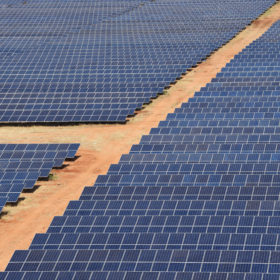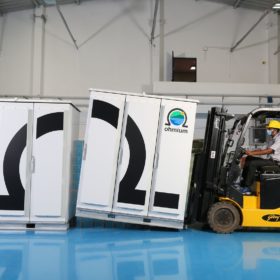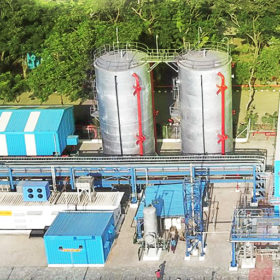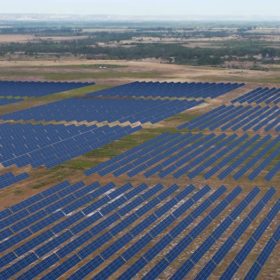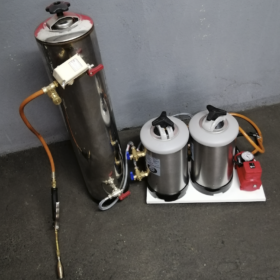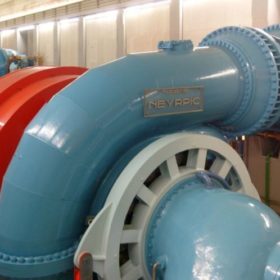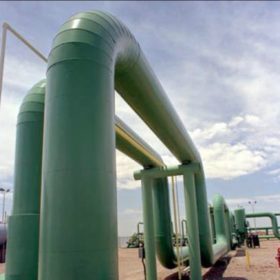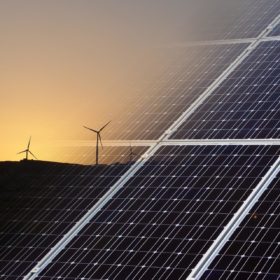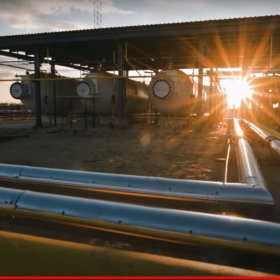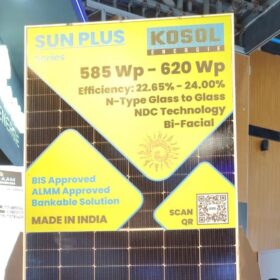Avaada to invest $5 billion in green hydrogen, ammonia plant with 6 GW captive renewables in Rajasthan
Ravi Verma, senior executive vice president at Avaada, told pv magazine that the Group would invest $5 billion into setting up an integrated green hydrogen and ammonia plant with 6 GW of captive renewable energy capacity in the state. The green ammonia facility will have a production capacity of 1 million tons per annum.
Ohmium, Shell to jointly explore green hydrogen projects
The India arm of energy giant Shell and USA-based electrolyzer specialist Ohmium have signed an agreement to cooperate on green hydrogen applications, markets, and project opportunities.
Larsen & Toubro builds green hydrogen plant at Hazira manufacturing complex
Larsen & Toubro, an engineering and construction major, has installed and commissioned 380 kW of an 800 kW green hydrogen plant for self-consumption at its Hazira manufacturing complex in Gujarat.
Australian solar park could generate hydrogen for less than $2/kg
A new study shows that hydrogen could be produced for as little as AUD 2.85 ($1.98) per kilogram, supporting Frontier Energy’s plans to make green hydrogen from a 500 MW solar project it is developing in Western Australia.
New tech to produce hydrogen from tap water
A Spanish scientist has developed a system that reportedly produces hydrogen on-site without expensive electrolysis.
NHPC and DVC to jointly develop pumped hydro storage projects
State-run hydropower producer NHPC Ltd is also entering green hydrogen production. To begin with, it will set up pilot green hydrogen projects in Leh and Kargil districts of the Indian union territory of Ladakh.
GreenZo to develop 50 MW green hydrogen capacity in Nepal
The Delhi-based renewable project consultant has signed an agreement with Nepal-based hydro and solar power producer API Power to install a cumulative 50 MW of green hydrogen capacity in Nepal by 2025.
Jakson enters utility-scale battery storage, green hydrogen markets
Noida-headquartered Jakson has roped in Sterling & Wilson Solar’s former global CEO, Bikesh Ogra, to lead a new venture that will focus on green hydrogen, utility-scale battery storage, and solar.
GAIL launches funding scheme for renewable, electric-mobility startups
Gas Authority of India Ltd. (GAIL), a state-owned natural gas supplier, has started accepting proposals from startups in the renewable energy and electric mobility sectors for equity investment under its “Pankh” initiative.
Acme to build 1.5 GW green hydrogen project in Tamil Nadu
Indian developer Acme will set up a green hydrogen and ammonia project in Tamil Nadu with 1.5 GW of electrolysis capacity and 1.1 million tons of ammonia synthesis, powered by a 5 GW solar plant.
